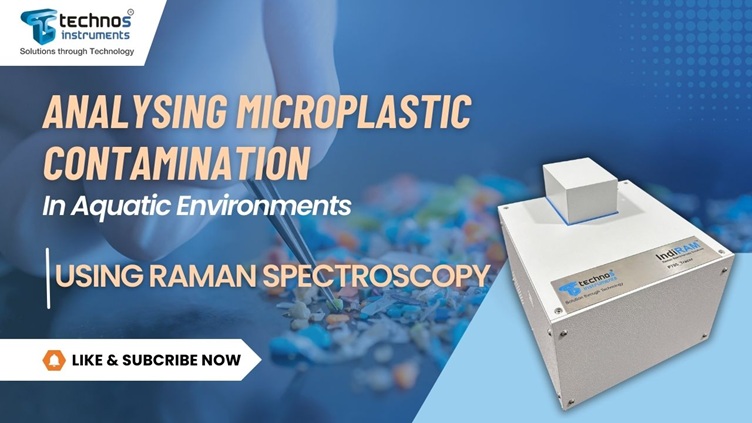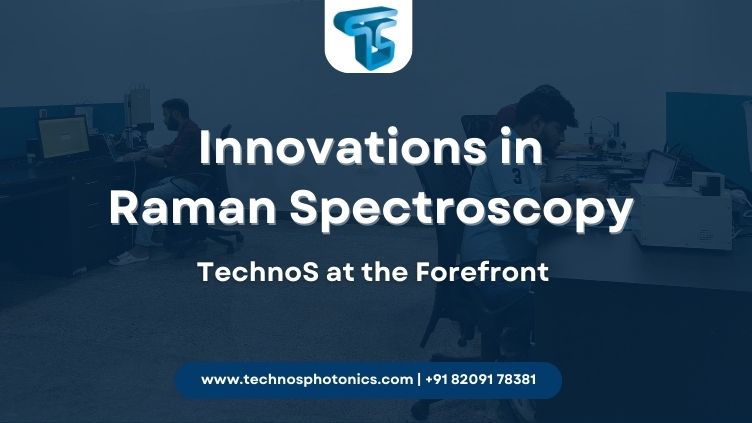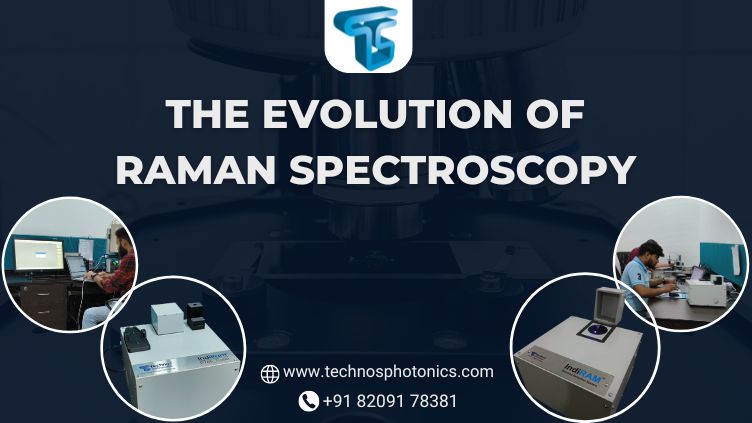Unlocking the Potential of Raman Spectroscopy in Material Science

In the ever-evolving field of material science, the need for precise and reliable analytical techniques is paramount. Among these techniques, Raman Spectroscopy stands out as a powerful tool with diverse applications. From characterizing polymers and nanomaterials to probing advanced materials, Raman Spectroscopy has become indispensable in both academic research and industrial applications.
Diverse Applications of Raman Spectroscopy
1. Characterization of Polymers: Polymers, being the backbone of numerous industries, require thorough analysis to understand their molecular composition and structural properties. Raman Spectroscopy provides detailed insights into polymer chains, enabling researchers to identify different polymer types, monitor polymerization processes, and detect structural defects. This leads to enhanced product quality and innovative polymer-based solutions.
2. Exploration of Nanomaterials: The nano-revolution has brought about a paradigm shift in material science. Raman Spectroscopy plays a crucial role in investigating nanomaterials such as carbon nanotubes, graphene, and quantum dots. It allows for the precise determination of their electronic properties, crystal structure, and even mechanical strain. This information is vital for developing next-generation electronic devices, sensors, and energy storage systems.
3. Advancements in Advanced Materials: Advanced materials, including high-performance ceramics, composites, and biomaterials, demand sophisticated characterization techniques. Raman Spectroscopy offers non-destructive analysis, providing valuable data on the chemical composition, crystallinity, and phase transitions of these materials. This aids in the development of materials with superior properties, driving innovations in aerospace, healthcare, and renewable energy sectors.
TechnoS: Enabling Ground-Breaking Research
At the forefront of this scientific revolution is TechnoS. Our cutting-edge Raman Spectroscopy solutions are designed to meet the growing demands of material science research. By integrating advanced technologies with user-friendly interfaces, we empower researchers to achieve unprecedented levels of precision and efficiency.
Key Features of TechnoS Solutions:
High Sensitivity and Resolution: Our systems offer exceptional sensitivity and resolution, enabling the detection of even the slightest molecular changes.
Versatility: From solid-state samples to liquids and gases, our solutions cater to a wide range of sample types.
Ease of Use: User-friendly software and automated features make our systems accessible to both novice and experienced researchers.
Customizable Options: Tailored solutions to meet specific research needs, ensuring optimal performance for every application.
Driving Innovation in Material Science
As material science continues to push boundaries, the role of Raman Spectroscopy becomes increasingly vital. At TechnoS, we are committed to supporting researchers and industries in their quest for innovation. Our solutions not only enhance the understanding of materials but also pave the way for groundbreaking discoveries and technological advancements.
For more information on how TechnoS is revolutionizing material science research, visit our website at www.technosphotonics.com.
Conclusion
Raman Spectroscopy's versatility and precision make it an essential tool in the arsenal of material scientists. From polymers to nanomaterials and advanced composites, its applications are vast and impactful. With TechnoS leading the way, researchers are equipped to unlock the full potential of Raman Spectroscopy, driving innovation and excellence in material science.







